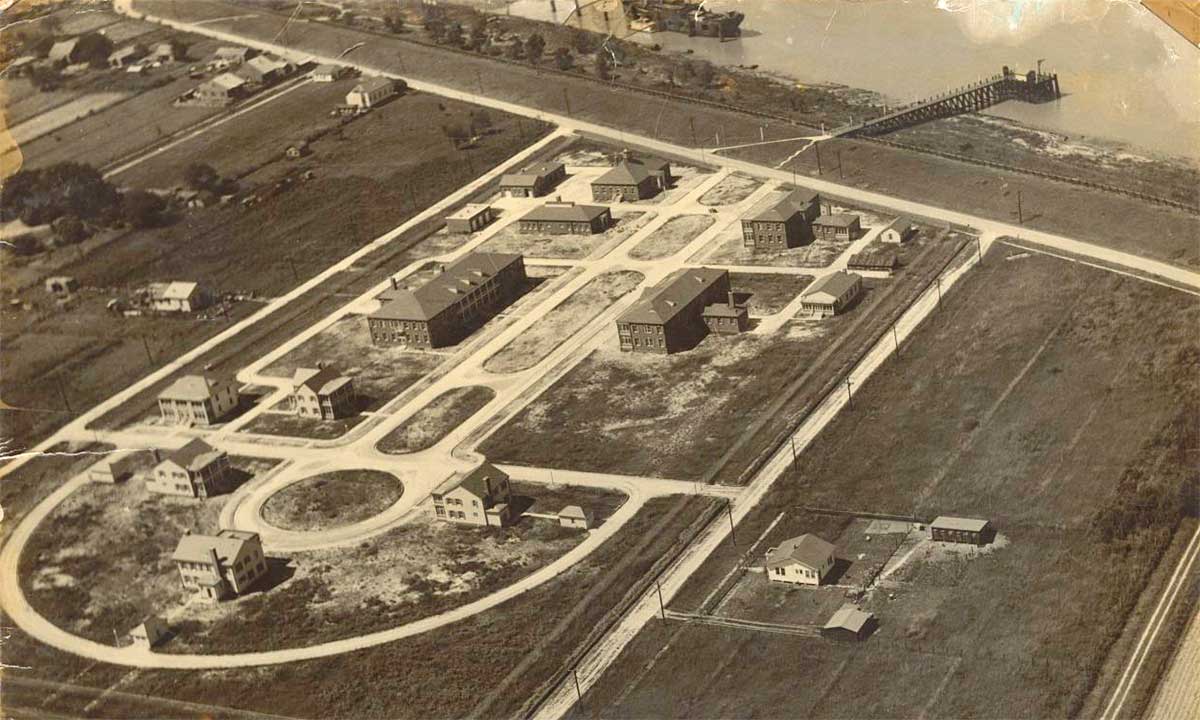

Photo: The Historic New Orleans Collection, acc. No. 1995.19 / Historic New Orleans collection
Displacement, family separation, indefinite detention, and uncertainty regarding the present and the future—these are the conditions faced by contemporary asylum seekers and other migrants hoping to enter the U.S. They also characterize the experiences of some 30,0000 men, women, and children of European and Japanese descent who were interned in U.S.-operated detention facilities between 1941-1946 under the Latin American Enemy Alien Control Program. As a primary port of entry for named alien enemies deported to the U.S., and the site of an internment facility in the Algiers neighborhood, New Orleans played an important role in this little-known aspect of WWII history.
While more than 100,000 persons of Japanese descent in the U.S., two thirds of whom were American citizens, were detained during WWII domestically, another internment effort reached into fifteen neighboring republics in efforts to bolster hemispheric security during wartime. With the help of the FBI, Latin American officials named, apprehended, and detained noncitizens who had arrived in Central and South America throughout the early 20th century from areas that by 1941 had come under Nazi or fascist control. Though only about one in ten detainees were active Nazis or pro-Fascists, the “dangerous alien enemies” were deported to camps in the U.S. Many of these individuals arrived in the Port of New Orleans aboard military vessels en route to camps in other states. A small percentage, including an unlikely contingent of sixty Jewish refugees, were held at Camp Algiers, an immigrant quarantine station on New Orleans’ West Bank, about three miles from the French Quarter.
What lessons regarding U.S.-Latin American relations and immigration debates does this slice of New Orleans history offer us today? The episode illustrates Latin America's own importance as a historical haven for a wide variety of immigrants and refugees, and warns us of the dangers of blanket categorizations of any group of persons on the basis of country of origin, religion, or race. As the Crescent City takes stock of its first three hundred years and looks ahead to the next century, understanding its role in receiving detained enemy aliens from Latin America during WWII can equip its citizens to better address the contemporary challenge of providing a "gateway" to the Americas for other seekers of refuge and opportunity.
Learn More
Listen
Marilyn Miller on TriPod New Orleans at 300 in Part I of a two-part series about a World War II era internment camp in Algiers that held those suspicious of affiliations with axis powers.
Watch
Camp of the Innocents Video
Miller's book Port of No Return. Enemy Alien Internment in WWII New Orleans is forthcoming from with LSU Press.

